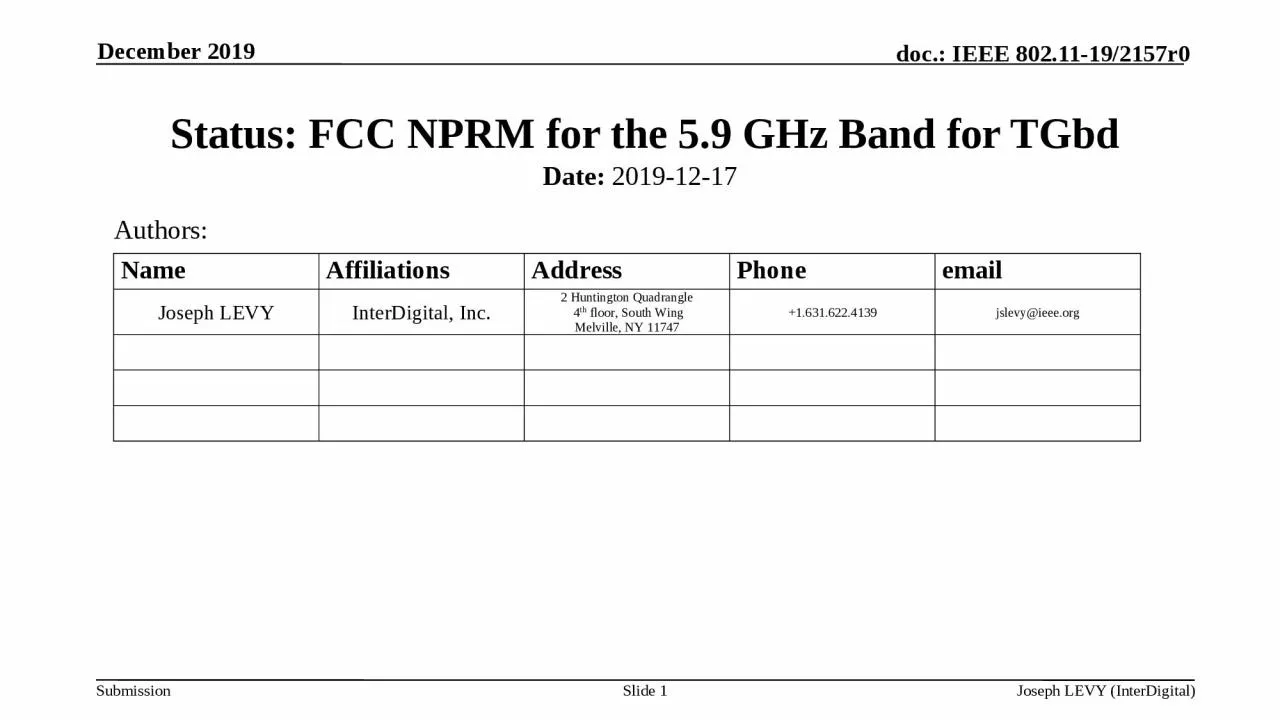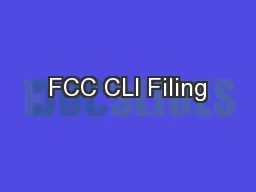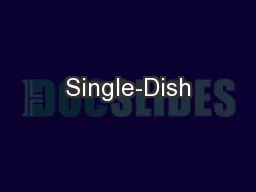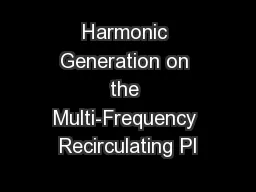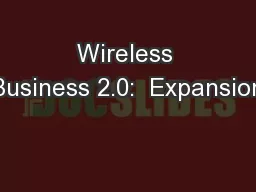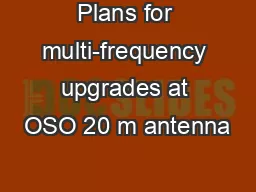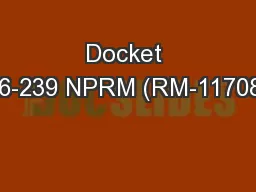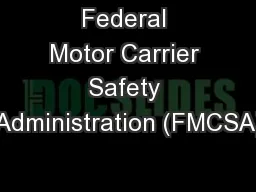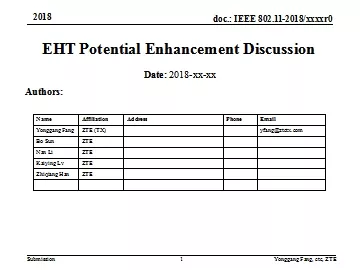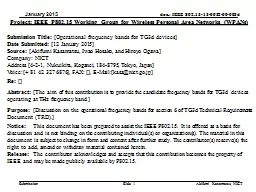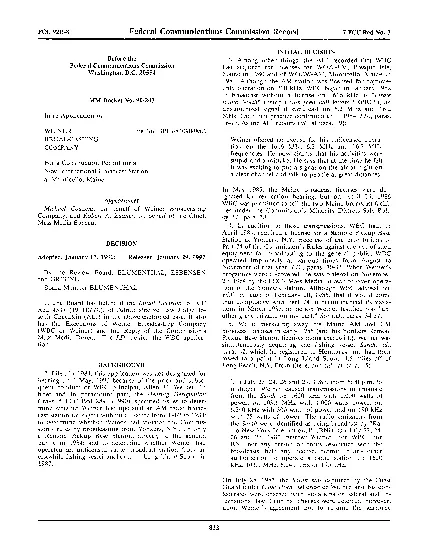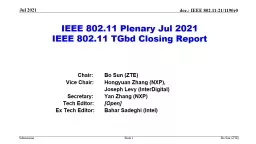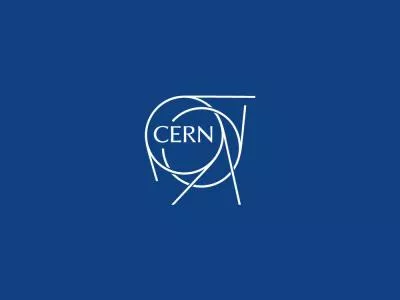PPT-Status: FCC NPRM for the 5.9 GHz Band for TGbd
Author : brianna | Published Date : 2022-06-14
Date 20191217 December 2019 Joseph LEVY InterDigital Slide 1 Authors Abstract This document provides a summary of the status of the on going activity by the US
Presentation Embed Code
Download Presentation
Download Presentation The PPT/PDF document "Status: FCC NPRM for the 5.9 GHz Band fo..." is the property of its rightful owner. Permission is granted to download and print the materials on this website for personal, non-commercial use only, and to display it on your personal computer provided you do not modify the materials and that you retain all copyright notices contained in the materials. By downloading content from our website, you accept the terms of this agreement.
Status: FCC NPRM for the 5.9 GHz Band for TGbd: Transcript
Download Rules Of Document
"Status: FCC NPRM for the 5.9 GHz Band for TGbd"The content belongs to its owner. You may download and print it for personal use, without modification, and keep all copyright notices. By downloading, you agree to these terms.
Related Documents

